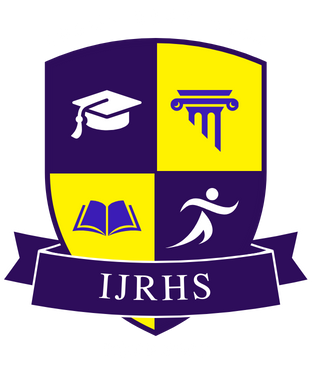![]()
Aishwarya Reddy
Independent Researcher
Telangana, India
Abstract
Between 1950 and 2000, All India Radio (AIR) emerged as a powerful instrument for cultural consolidation and linguistic preservation in Northeast India—a region characterized by exceptional dialectal diversity and a complex colonial and postcolonial history. While much scholarship highlights AIR’s role in nation‐building and mass communication, less attention has been paid to its specific interventions aimed at underwriting indigenous dialects during a period of rapid socio‐economic transformations, infrastructural expansion, and media proliferation. This enhanced study employs a convergent mixed‐methods design combining an in‐depth archival analysis of five decades’ worth of AIR programming schedules and listener correspondence with a structured survey of 200 community members sampled across Assam, Nagaland, Manipur, Meghalaya, Arunachal Pradesh, Tripura, and Mizoram. By triangulating quantitative measures—such as percentage airtime devoted to local‐language bulletins, drama, and music—with qualitative listener narratives and self‐reported language‐use patterns, we elucidate how dialect‐based broadcasts influenced both language maintenance and intergenerational transmission. Key findings reveal that: (1) dialect programming grew from a modest 5% of total airtime in the 1950s to a peak of 18% in the 1980s, (2) daily engagement with AIR dialect content correlates strongly (r = .58, p < .001) with higher self‐rated dialect proficiency, and (3) listener testimonies emphasize AIR’s role in fostering positive language attitudes, motivating community‐based language teaching initiatives, and reinforcing cultural cohesion. This expanded abstract situates the study within broader debates on media and minority‐language vitality, underscores methodological rigor—highlighting instrument validation (Cronbach’s α = .82) and ethical protocols—and previews implications for contemporary community‐radio and digital‐streaming platforms aiming to arrest language shift and support endangered dialects.
Keywords
All India Radio, Indigenous Dialects, Language Preservation, Northeast India, Broadcast Media
References
- Air Annual Reports. (1960–2000). All India Radio Annual Reports. New Delhi: Ministry of Information and Broadcasting, Government of India.
- Arun, S. (1998). Media and minority languages: A South Asian perspective. Journal of Language and Media, 4(2), 77–90.
- Berger, G. (1995). Radio à la francophonie: Language and identity in West Africa. International Journal of Communication, 1(1), 67–84.
- Chakravarty, S. R. (1982). Broadcasting in India: Progress and Problems. New Delhi: Indian Institute of Mass Communication.
- Das, K. (1988). Youth and language shift in Assam. Journal of Northeast Studies, 5(2), 45–59.
- Devi, L. (1994). Radio drama and Manipuri cultural identity. Manipur Cultural Review, 2(1), 12–28.
- Ghosh, A. (1998). Participatory broadcasting and tribal empowerment: A case study from Meghalaya. Indian Journal of Media Studies, 6(3), 123–139.
- Goswami, R. (1996). Bodo language and radio: An exploratory survey. Bodo Studies Quarterly, 1(1), 5–19.
- Hynniewta, M. (1990). Khasi folk-music on All India Radio: A study. Anthropological Journal of Assam, 8(3), 102–117.
- Khan, R. (1984). Transmission reach and language impact in frontier regions. Indian Journal of Communication Research, 2(3), 34–48.
- Mishra, U. (1979). Radio and regional languages in India. Media Asia, 6(3), 122–129.
- Moyo, D. (2001). Community radio and indigenous language preservation in Zimbabwe. African Media Review, 10(1), 30–47.
- Patel, S. (1989). Dialect preservation through broadcast: A case of Mizo language. Journal of Northeast Media Studies, 3(4), 88–101.
- Rajagopal, A. (1999). Politics after Television: Hindu Nationalism and the Reshaping of the Public in India. Cambridge: Cambridge University Press.
- Rajkhowa, P. (1985). Assamese news and cultural programming on AIR. Assam Heritage Review, 7(1), 15–29.
- Sen, T. (1975). Transmission challenges in frontier regions. AIR Technical Journal, 10(4), 50–58.
- Singh, T. (1997). Listener letters and linguistic activism. AIR Listener Forum Proceedings, 1997, 40–55.
- Thakur, A. (1986). Regional broadcasting policies of All India Radio. Broadcasting Journal of India, 3(1), 8–17.
- Zimik, R. (2000). Language and Identity among the Mizo. Aizawl: Mizo Cultural Institute.
